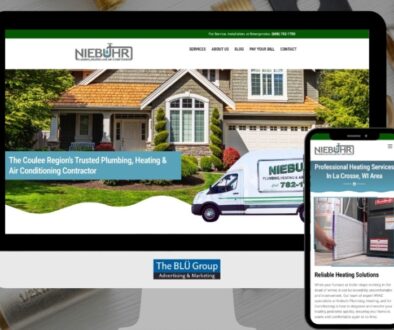Mastering Eco-Friendly Branding In The Sustainability Era
As the global narrative increasingly shifts towards sustainability, brands across all industries are recognizing the pivotal role they play in shaping a greener future. With Earth Day spotlighting environmental awareness each April, it’s an opportune moment for businesses to reflect on their practices and embrace eco-friendly branding. The BLÜ Group – Advertising & Marketing is here to help integrate sustainable practices into your marketing strategies, and help brands align with the values of an eco-conscious consumer base. Let’s explore how businesses can adopt green initiatives in their branding and marketing efforts, underlining the profound impact these practices can have on consumer perception and brand loyalty.
The Rise Of Sustainability In Branding
In today’s market, sustainability is not just an ethical choice but a business imperative. Consumers are increasingly gravitating towards brands that demonstrate a genuine commitment to environmental stewardship. This shift is not merely a trend but a reflection of a deeper societal change towards valuing sustainability and accountability in business practices.
Integrating Eco-Friendly Practices
1. Authentic Commitment
The foundation of eco-friendly branding is an authentic commitment to sustainability. This goes beyond mere lip service to integrating sustainable practices across your operations, from sourcing eco-friendly materials to adopting energy-efficient processes. Authenticity in your green initiatives fosters trust and strengthens your brand’s reputation.
2. Transparent Communication
Transparency is key in eco-friendly branding. Clearly communicate your sustainability efforts, goals, and achievements. Use your platforms to educate your audience about the importance of sustainability and how your brand is contributing to environmental conservation. This openness not only builds trust but also encourages your audience to support your eco-friendly initiatives.
3. Sustainable Packaging and Products
Revamp your products and packaging with sustainability in mind. Opt for recyclable, biodegradable, or reusable materials that minimize environmental impact. Highlighting these changes in your marketing materials can significantly enhance consumer perception and attract eco-conscious customers.
4. Digital-First Marketing
Embrace digital marketing strategies to reduce the reliance on traditional, resource-intensive marketing methods. Digital campaigns not only have a lower environmental footprint but also allow for greater reach and engagement with modern audiences.
5. Cause-Related Marketing
Align your marketing campaigns with environmental causes, especially around Earth Day. Initiatives like planting trees for every product sold or donating a portion of sales to environmental organizations can reinforce your brand’s commitment to sustainability and drive consumer engagement.
Impact On Consumer Perception
Adopting eco-friendly branding and marketing strategies can profoundly influence how consumers perceive your brand. Brands that are perceived as environmentally responsible tend to enjoy higher levels of trust, loyalty, and customer satisfaction. This positive brand perception can translate into competitive advantage, increased market share, and higher profitability.
Conclusion
As the importance of sustainability continues to grow, eco-friendly branding emerges as a critical component of modern marketing strategies. By integrating sustainable practices into your brand identity and marketing efforts, you not only contribute to environmental conservation but also meet the evolving expectations of today’s consumers. Looking to make a green transition? The BLÜ Group is here to help your brand in any way we can. Embrace the power of sustainability this Earth Day and beyond, and watch your brand grow in harmony with the planet.




